
 Data Structure
Data Structure Networking
Networking RDBMS
RDBMS Operating System
Operating System Java
Java MS Excel
MS Excel iOS
iOS HTML
HTML CSS
CSS Android
Android Python
Python C Programming
C Programming C++
C++ C#
C# MongoDB
MongoDB MySQL
MySQL Javascript
Javascript PHP
PHP
- Selected Reading
- UPSC IAS Exams Notes
- Developer's Best Practices
- Questions and Answers
- Effective Resume Writing
- HR Interview Questions
- Computer Glossary
- Who is Who
Major Types of Lymphocytes and their Characteristics
Introduction
Lymphocytes are the type of white blood cells in the immune system. These are the main type of cells found in the lymph of a lymphatic system. These constitute about 18-42% of the circulating leukocytes present in the lymph. Usually, lymph contains waste products from the tissues, pathogens from the infected tissues, and also some proteins. Lymphocytes are mainly produced in the bone marrow through mitosis.
Some of the cells remain in the bone marrow where as some lymphocytes move to the thymus, a primary lymphoid organ where its maturation occurs. Upon maturation, these cells move to the secondary lymphoid organs and undergo selection based on the recognition of self from the invading pathogens or cancer cells.
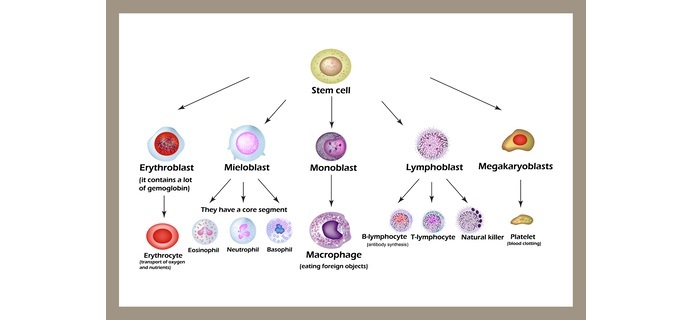
Lymphocytes are activated when their receptors are triggered by any of the invading pathogens or an antigen. Upon activation, these cells undergo proliferation and differentiation to form specialized cells called effector lymphocytes.
Types of Lymphocytes
These are mainly classified into 3 types, together which can mediate innate, cellular, and humoral immunological responses. They are ?
Natural Killer cells
T cells
B cells
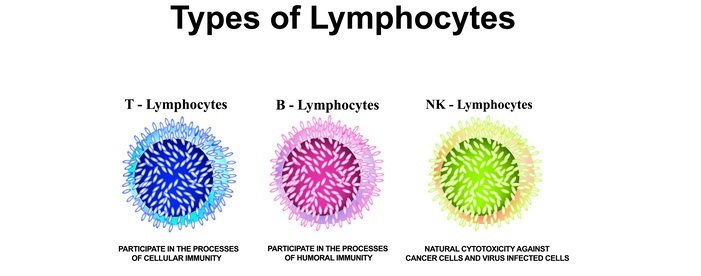
Natural Killer Cells or NK Cells
NK cells play a primary role in the innate immune system which is the system present since birth. These cells are not antigen-specific hence they do not rely on surface antigen receptors for their activation. NK cells are cytotoxic and have the ability to destroy other cells.
This property enables them to identify virally infected cells or tumor cells and kill them before they spread and cause more harm to the human body. It is this function that makes them a vital component of the body's immune system.
T Lymphocytes or T Cells
In the embryo, lymphocytes are derived from mesenchymal cells or stem cells which are present in the walls of the yolk sac, liver, and spleen. In adults, these lymphocytes are formed in the stem cells of bone marrow.
The lymphocytes thus formed enter the blood. Some travel to reach the thymus and undergo differentiation to form T lymphocytes. Around 85% of the cells seen in the blood are T lymphocytes or T cells. T lymphocytes then re-enter the blood stream to reach the lymphoid tissue of lymph nodes, spleen, tonsils and the intestine.
In the lymph nodes, T cells are present in the diffuse tissue and in the spleen these T cells are found in the white pulp. From these lymphoid organs these T cells pass through the lymph vessel to reach the blood stream of the circulatory system.
T lymphocytes are responsible for the cellular mediated immunity and requires antigen binding for its activation. Each T cells recognize specific antigens hence we find different T cells in the body for every antigen we encounter. These T cells produce clone T cells in response to the antigens.
Upon antigen attack, the selected T cells which can recognize the specific antigens move to their specific domains in the tissues of lymphoid organs and transform into lymphoblasts. These lymphoblasts then undergo mitotic division and form activated T cells.
These activated T cells are again categorized into 3 types
Cytotoxic T cells - These killer T cells (TC) destroy antigen-containing cells by releasing the lysosomal proteins.
Helper T cells - These stimulate the B cells for the production of specific antibodies against antigens. These TH cells initiate most of the immunological responses by producing non-specific substances called lymphokines which enhance phagocytosis caused by macrophages.
Suppressor T cells - These cells inhibit the action of certain activated immune cells hence being responsible for immunological tolerance.
Each of these T cells attacks specific antigens by migrating toward their stimulation. A small amount of the T cells remains in the lymphoid organs and act as the memory cells which are capable to exert secondary immune responses when the same or similar type of antigen attacks the tissues.
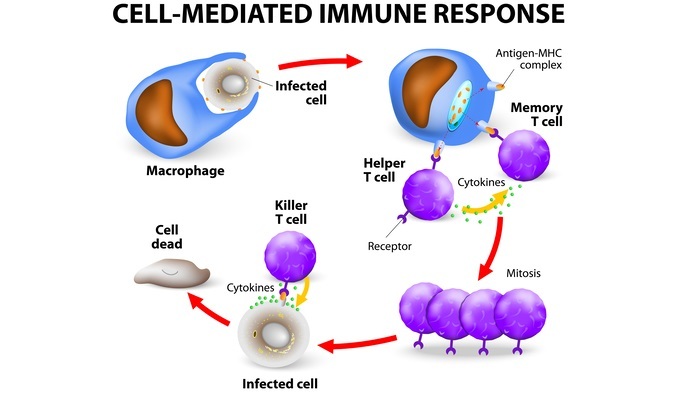
B Lymphocytes or B Cells
Some lymphocytes which arise from the bone marrow do not reach the thymus rather they go to the other lymphoid organ's tissue. Such cells are called B lymphocytes. The B in these cells stands for bursa of fabricius (a diverticulum of the cloaca in birds where the B lymphocytes in birds are formed).
B cells are seen in the lymphatic nodules of the tissue in lymphoid organs like tonsils, spleen, and lymph nodes. Like the T cells, B cells also circulate between lymphoid organs and the bloodstream.
B cells mainly involve in the production of antibodies. B lymphocytes are responsible for antibody-mediated humoral immunity. These cells also require specific antigen binding for their activation. The circulated B cells enter the spleen and lymph nodes through the circulation of lymph.
These B cells come in contact with the antigens which are taken up by the macrophages. Upon activation, these cells transform into plasmablasts and are then converted to plasma cells which are antibody-producing cells.
Again a small proportion of plasma cells remain in the lymphoid tissues as memory B cells. Antibody secretion usually occurs in the lymphoid organs or at the site of antigenic stimulation. These antibodies involve in the destruction of antibodies by forming the complexes which can cause neutralization, opsonization, or complement activation of the soluble antigens.
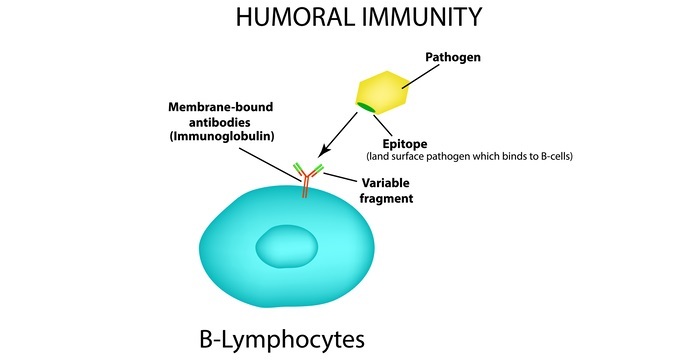
What does antibodies actually do to the antigen?
Causes enzyme to split open the pathogen's cell membrane.
Makes it easier for phagocytes to find the pathogens or antigens.
Makes the pathogens to stick together for easy destruction.
Characteristics and Identification of Lymphocytes
The major circulating lymphocytes are small with a thin rim of the nucleus and occasionally contain azurophilic granules. Nuclei are remarkably uniform in size which is about 9µm. This provides a useful guide in estimating the other blood cells like RBC, etc.
So 10% of the circulating lymphocytes are larger with the pale blue cytoplasm containing azurophilic granules. Nuclei of the lymphocytes contain homogenous chromatin with clumping at the periphery regions.
About 85% are the circulating NK cells and the T cells. During infections, both the bacterial and viral transformed lymphocytes called immunoblasts are present. These are 10-15 µm in diameter and have a round nucleus and large nucleolus with abundant and deeply basophilic cytoplasm.
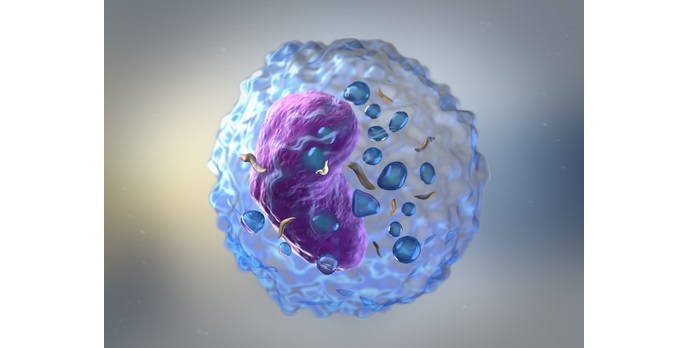
These are developed into plasmacystoid lymphocytes and plasma cells when there is any serious infection in the blood. Viral infection results in the formation of reactive lymphocytes in the blood, which have slightly large nuclei with open chromatin and abundant cytoplasm. These may be irregular. Examples-These cells are found in infectious mononucleosis.
Most of the lymphocyte's life span is from a week to a few months Also some may live for years.
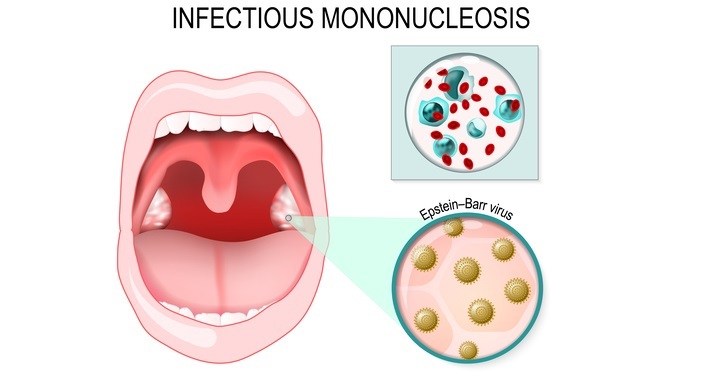
Conclusion
Lymphocytes are a subgroup of white cells that make the core of our immune system by protecting the body from the stream of antigens. There are mainly 3 types they are natural killer cells or NK cells, T cells, and B cells.
T cells constitute about 85% of the circulating cells in lymph and are responsible for cell-mediated immune responses. B cells are mainly involved in antigen destruction by producing specific antibodies and are involved in humoral-mediated immunity.
Lymphocytes are extremely crucial to the human body as they provide immunity in the absence of which it will be easily exposed to various diseases. The normal range of lymphocytes in adults is 1000-4800 in 1µL of blood and in children it is 3000-9500 per 1µL.

